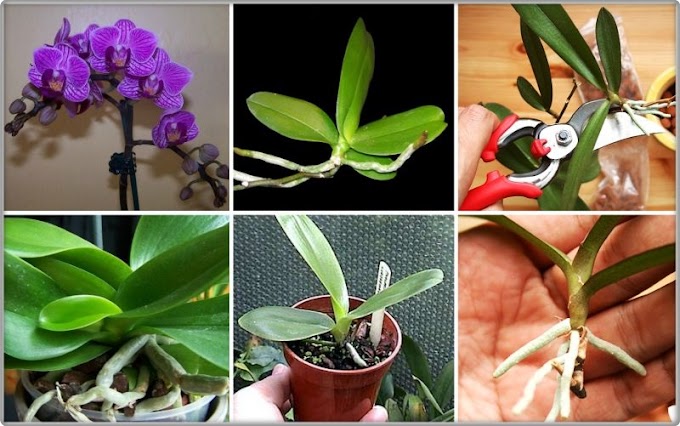This helps in minimizing the loss of water through evaporation. If you look at the leaves, you will be able to spot a small point at their tips and a window on the side. These are characteristics that are seen in some succulent plants. These facilitate the entry of light into the leaves, thereby allowing photosynthesis to take place. The window protects the cells from extreme heat.
As the stems grow, the adventitious roots of the plant grow into the soil. The plant is a fast grower. As a result, the dense bead-like foliage give rise to a mat-like appearance on the top of the soil. No wonder this plant is ideal for use as ground cover.
 |
| source pic: pinterest.com |
While its round foliage and trailing habit makes it an excellent houseplant, it is also easy to care for.
Growing Conditions
String of Pearls grows well in bright light, including sunlight.
You should provide this houseplant with average indoor temperatures throughout its active growth. During its dormancy, however, you’ll need to provide cooler conditions, generally somewhere between 50 to 55 °F (10 to 13 °C).
Give String of Pearls a well-draining, sandy soil, preferably the type most suitable for growing cacti and succulent plants. Pot your plant in a hanging basket so its trailing foliage can hang down.
General Care
As with most succulent plants, String of Pearls requires little care. It is drought tolerant, surviving long periods without water.
In fact, the plant’s water-storing abilities allow it to be watered thoroughly one week and then pretty much forgotten the next week. Watering too often can increase the chances of root rot. So be sure to let the soil dry out at least half an inch (1.2 cm) or so between waterings. In winter, cut back watering to about once monthly.
Occasionally, you may find that pruning becomes necessary as part of your String of Pearls care in order to maintain its size or appearance. This is simple to do. Trim off any dead stems and pearls, as well as any stems that have lost a lot of their “beads”. Pruning back will help promote fuller, more compact plants.
Repotting
Repot the plant when it becomes root bound.
Propagation
Stem cuttings can be used for the purpose of propagation. All you need to do is cut a healthy stem tip. The cutting should be at least 4 inches (10 cm) long. Place it in a moist potting mix. Make sure that the leaf nodes are covered with soil. The roots will quickly develop from the axils, which refers to the place where the leaves are attached to the stem.
source



